weight loss for athletes
Sports Science ExchangeContinuing EducationResearch Expert PanelGSSIUAbout GSSISearch Sports Science ExchangeContinuing EducationResearch Expert PanelGSSIUAbout GSSI Weight management for athletes and active individuals Weight management for athletes and active individuals Published January 2018 Author Melinda M. Manore Ph.D., RD, FACSM Items Newsletter Sign UpIn This articleINTRODUCTIONIn the concept, maintaining energy balance and body weight is very simple – balancing energy intake with energy spending. However, this simple concept is more complicated than that and can be difficult to implement. Although many active people are within normal ranges of body mass and weight index (BMI, kg/m2), many still have weight problems. They often want to lose weight (and specifically fat) to be competitive and improve performance, maintaining or gaining lean tissue. They also differ from the sedentary overweight individual because they are already active, and the increase in the exercise or alteration of your training routine may not be an option or need. This general vision will mainly address dietary approaches that can be successfully used with athletes and active individuals to facilitate weight loss, while preserving the lean tissue. Any weight loss program should also minimize the risk of disorderly eating behaviors and pathogenic weight loss practices that may arise when an athlete is dieting (Werner et al., 2013). REVISATION OF THE ENERGY BALANCE Open any textbook of physiology or exercise nutrition and you will find the classic equation of energy balance: total energy consumption (consumed in kcal) = total energy expenditure (exploited in kcal). If these two factors are in balance, then we achieve weight maintenance or energy balance. This presentation of the energy balance is static and only applies when the weight is stable. However, during periods of weight loss or gain, the weight is not stable. In these conditions, energy balance is a dynamic process (Galgani & Ravussin, 2008), as the change in energy intake also affects the side of energy spending. Therefore, for any individual many factors are working together to influence energy balance and body weight. For example, when energy spending increases, we can eat more or less food inadvertently, thus changing total energy intake. The type of selected foods (e.g. macronutrients or fiber content, food volume, food processing level) can also change the heat effect of food (e.g., energy spending), total energy consumed and oxidation of substrates during exercise. Highest protein foods can increase the heat effect of food (Acheson et al., 2011), while higher fiber or volume foods can decrease energy intake (Sweat & Manore, 2012; 2015). Finally, the type of macronutrients consumed can also alter substrates available for use during exercise (Hawley et al., 2011; Manore et al., 2009). On the contrary, high-intensity exercise may contain hormones that regulate appetite, which could reduce energy intake (Stensel, 2010). Another factor that can confuse the assessment of the energy needs for an athlete is the total number of non-sport activities (e.g. walking, bicycle by transport) (Guebels et al., 2014) and the amount of sitting, standing and fidgeting that is done. While some athletes are very active outside the training for their sport, others become quite sedentary when they are not training, which can reduce energy needs below the expected levels (Thompson et al., 1993). Research now shows that the energy cost of weight loss is also dynamic and can change during the diet time period. Many health professionals use the equation of static energy balance by explaining the energy balance to athletes. They assume that changing either side of the equation by 3,500 kcal will result in a pound (lb) (7,700 kcal per 1 kg) of earned or lost weight, without considering how to change the intake of energy or spending changes the equation of energy balance. Swinburn and Ravussin (1993) offer a classic example of this error. Using a 75 kg man proved what would happen if this individual consumed an extra 100 kcal/d (~420 kJ) every day for 40 and. Using the equation of static energy balance, this individual would consume ~1.4 million extra kcal, for an estimated weight gain of 417 lb or ~190 kg (100 kcal x 14,240 d =1,424,000 kcal = 190 kg). However, health professionals know intuitively that this would not happen. The above calculations do not explain the increase in energy spending that would occur with weight gain, including the increase in the metabolic rate of rest and the energy cost of moving a larger body. A positive energy balance period would initially occur, where the body weight would increase, leading to an increase in energy spending that would balance the increase in energy consumption. Over time, this individual would achieve energy balance to greater body weight and weight would stabilize. The extra 100 kcal/d could result in a more realistic weight gain of ~6 lb (~2.7 kg). To keep this larger body size the individual would need to keep eating these additional kcals. Of course, the amount of weight earned will depend on the extra kcal number consumed, the composition of these kcal (i.e. the amount of fat, carbohydrates, proteins or alcohol), and the overall energy expenditure. This type of weight gain often occurs in our society, where there is a short period of energy consumption (e.g., on vacation) or decrease in energy spending (e.g., sports injuries without a concurrent decrease in energy intake) and gains weight and achieves a new weight plateau. Loss of the week in athletes There are many elite and recreational athletes who have normal or low body weights and body fat. However, these individuals may want to lose weight and fat to improve sports performance, make the team in a weight class sport, or achieve an aesthetically pleasing body shape. When these individuals want to lose weight, it is imperative that the risk of introducing disorderly eating behaviors be reduced (Sundgot-Borgen & Torstveit, 2010). In addition, inappropriate weight loss can introduce significant nutritional deficiencies for sports performance, such as dehydration, inadequate ingestion of proteins and carbohydrates and low intake of micronutrients. The management of safe weight loss in the skilled athletes who need to fulfill a designated weight on the day of competition (e.g., lightweight, jockeys or fighters) can be difficult. If dehydration is used to achieve this weight loss, the health consequences can be severe (Knight, 1997). Few athletes are naturally light for these types of competitive sports, so weight loss will be required before competition (Slater et al., 2005). If athletes are young and grow, it is not time to severely restrict energy intake. On the contrary, there are overweight and obese athletes where weight loss could reduce the risk of chronic diseases and improve their overall health and ability to participate in sport. For example, Borchers et al. (2009) found that 21% of their division 1 university footballers (average age: 20 y) were obese (≥ 25% of body fat) and had insulin resistance, while 9% had metabolic syndrome (obese whole). Finally, at least 30% of children in the United States are overweight/obesity (Ogden et al., 2010) and many obese children can participate in sports. For these children, fat loss may be necessary to achieve a competitive and/or healthy body composition. Weight management approaches used in active children should consider their growth and energy needs and focus attention on healthy eating and remain physically active, not on calorie restriction. They'd like to have a safe deposit for the port. What is the best approach to managing weight and/or weight loss in these different groups? There are no graphics that provide the optimal or healthy weight for a athlete competing in a designated sport. However, the following criteria can be used to determine a realistic and healthy body weight for an athlete, regardless of their level of activity (Manore et al., 2009). An optimal body weight for sport should strive to meet these criteria: Thus, an optimal body weight should promote good health, sports performance and be attainable. If an individual is constantly feeding or weight cycling, he may be trying to reach or maintain an unrealistic body weight. Some sports (e.g. ski jumps, struggle and cycling) may require a low-fat body weight during the competitive season. Athletes in these sports must gain weight during the low season, as it is unrealistic, and unhealthy, to keep so low body weight all year round. STRATEGIES OF DIETA PERSONS AND NIGHTS The following section highlights evidence-based diet behaviors that can help athletes and active individuals to reduce body fat by maintaining the lean tissue and preventing weight recovery. Changes in exercise strategies or training routines are not addressed, as coaches often determine these for the athlete. Since athletes are already active, they will need to rely more strongly on the dietary strategies listed below to achieve weight loss. Adopt a dense diet of low energy A dense diet of low energy is high in whole fruits and vegetables, whole grains, and incorporates low-fat dairy, legumes/beans, and lean meats and fish. In general, the diet is lower in fat and reduces or eliminates beverages containing kcal, especially sweetened beverages and alcohol. The energy density of a diet or a food is determined by measuring the amount of energy (kcal) by a certain amount (g) of food (Table 1). This type of diet contributes to weight loss and good health in three ways: Research shows that a low-energy feeding plan is effective in reducing energy intake, facilitating weight loss, preventing weight recovery and helping to maintain satiety in well-controlled and life-free feeding studies (Ello-Martin et al., 2005; Rolls, 2009). For example, Bell et al. (1998) examined the effectiveness of a low-energy power supply plan on energy consumption and weight loss. They fed three different levels of energy dense diets, where women ate a similar amount and food weight. The results showed that in the lower dense energy diet, individuals consumed 30% less calories than in the high energy density diet. Women did not report differences in qualifications for hunger and fullness or the enjoyment of meals under the conditions of proof. In a follow-up study, Rolls et al. (2006) examined the effect of changing the size of the portion, energy density or a combination of the two conditions on total intake of energy during a period of 2 d. The energy density was altered by changing the portions of vegetables in the entrées and replacing foods/ingredients with low fat content for foods with full fat (e.g., unborn milk for whole milk). They found that energy density and portion size independently altered energy intake. When the portion size was reduced by 25 per cent, energy intake decreased by 231 kcal/d (10 per cent decrease). However, reducing energy density by 25% decreased energy intake by 575 kcal/d (24% decrease). When energy density and portion sizes simultaneously reduced energy intake by 32 per cent. Thus, reducing the size of portions and energy density drastically reduced energy intake, but reducing the energy density of consumed foods reduced energy intake rather than reducing the size of portions. In general, reducing the energy density of the diet can be more effective in reducing energy intake than reducing the size of the portion, without affecting hunger, fullness or enjoyment of food. For athletes trying to lose weight, this has important implications. It can be easier for an active individual to consume a similar amount of food and focus on changing energy density rather than portion sizes. This approach reduces hunger and increases adherence to the weight loss diet plan. In addition, after a dense diet of lower energy can help the athlete keep his weight loss, as this type of diet is also high in fiber. The Time of Meals and Snakes For the athlete, the time of food intake around exercise training and food intake spreading throughout the day will ensure that the body has the energy and nutrients necessary for the exercise and construction and repair of lean tissue. Resisting after exercise is especially important for the athlete who wants to lose weight. This approach can help prevent the athlete from becoming too hungry and consume foods or drinks that are not in their diet plan. Therefore, the post-exercise dietary routine needs to include fluids for rehydration, carbohydrates in the form of dense, low-energy foods (e.g., whole fruits and vegetables, whole grains) to replenish the high-quality glucogen and low-fat proteins for the construction and repair of lean tissue. Because many athletes may not have these foods readily available after exercise, they should plan ahead and strategically use sports food and/or healthy snacks to meet their energy and nutrient needs while staying within their diet plan. If possible, the best way to approach recharge after exercise for athletes who are trying to reduce energy intake is to plan a healthy meal immediately after exercise and training. This will help reduce the need for post-exercise snacks. For example, an early morning training can be followed immediately by an abundant breakfast, which then refuel and rehydrate. A sports dietitian can teach the athlete how to buy, select and prepare dense foods of low energy, and plan appropriate foods around exercise training and competition. Consumption Adequate Protein Most athletes have few problems eating adequate amounts of protein (Manore et al., 2009); however, when energy intake is restricted some protein sources can be reduced. For many athletes, most energy and protein comes in a great meal at the end of the day. Therefore, the athlete needs a diet plan that allows for the strategic consumption of appropriate high-quality proteins throughout the day, but especially after exercise and breakfast (Westerterp-Planten et al., 2009). This dietary approach can benefit the athlete trying to lose weight in two ways: Therefore, it is important that protein intake stays in or above the recommended range for an active individual (1.2-1.7 g protein/kg) when energy is being restricted for weight loss (Rodriguez et al., 2009). Manage the energy contained in DrinksThe sports drinks that contain energy are appropriate to use in exercise, especially the long-lasting intense exercise and in extreme environments. However, other high-energy and alcohol sweetened beverages can derail any individual who tries to lose weight, including the athlete. They add extra energy to the diet without increasing satiety or reducing the amount of food consumed with these drinks (Malik et al., 2006). For some athletes, the elimination of high calorie beverages from your diet (e.g. soda, alcohol, energy drinks or flavored coffee) could help them achieve their weight loss goals without making other dietary changes. Establish realistic weight loss goals As indicated above, the static energy balance equation does not work well to predict weight loss. To better predict weight change in response to changes in energy intake or expenditure, the dynamic energy imbalances that occur must be realized. To address this problem, researchers have developed mathematical models to simulate how changes in the energy deficit result in adaptations of fuel selection and energy spending to better predict body weight and composition changes. A mathematical model has been developed by Hall et al. (2011) at the National Institutes of Health (NIH) and a second model has been developed by Thomas et al. (2009) at the Pennington Biomedical Research Center (PBRC) (). The reader can visit these websites to see how weight loss changes as lifestyle options are altered. Avoid severe energy restrictions Although it is tempting to use extreme dietary practices, especially very low energy diets (SUMMARYManagement of weight is an ever-increasing challenge in societies where good-tating food is convenient, relatively inexpensive and abundant. Developing a weight management plan is essential for all, including athletes who spend large amounts of energy on their sport. Weight loss can be difficult and can change body composition unfavourable; therefore, weight management during the low season is especially important to avoid fast weight loss that reduces performance during competition. Weight management plans should be individualized taking into account both sport and weight loss goals. This may require a multidisciplinary approach that includes athlete, coach, sports medicine team and sports dietitian. Finally, it is imperative that health professionals understand the many physiological and environmental factors that influence body weight. This will improve your ability to design individualized and realistic weight management programs for your athletes. REFERENCIASAcheson, K.J., A. Blondel-Lubrano, S. Oguey-Araymon, M. Beaumont, S. Emady-Azar, C. Ammon-Zufferey, I. Monnard, S. Pinaud, C. Nielsen-Moennoz, and L. Bovetto (2011). Protein options for thermogenesis and metabolism. Am. J. Clin. Nutr. 93: 525-534.Bell, E.A., V.H. Castellanos, C.L. Pelkman, M.L. Thorwart, and B.J. Rolls (1998). The energy density of food affects energy intake in women with normal weight. Am. J. Clin. Nutr. 67: 412-420.Borchers, J.R., K.L. Clem, D.L. Habash, H.N. Nagaraja, L.M. Stokley and T.M. Best (2009). Metabolic syndrome and insulin resistance in Division 1 collegiate football players. Med. Sci. Sports Exerc. 41: 2105-2110. Donnelly, J.E., S.N. Blair, J.M. Jakicicic, M.M. Manore, J.W. Rankin, and B.K. (2009). American College of Sports Medicine Position Stand. Physical activity intervention strategies suitable for weight loss and adult weight recovery prevention. Med. Sci. Sports Exerc. 41: 459-471.Ello-Martin, J.A., J.H. Ledikwe, and B.J. Rolls (2005). The influence of the size of the food portion and energy density in energy intake: implications for weight management. Am. J. Clin. Nutr. 82: 236S-241S.Galgani, J. and E. Ravussin (2008). Energy metabolism, fuel selection and body weight regulation. Int. J. Obesity 32: S109-S119. Garthe, I., T. Raastad, P.E. Refsnes, A. Koivisto and J. Sundgot-Borgen (2011). Effect of two different types of weight loss on body composition and power-related strength and performance on elite athletes. Int. J. Sport Nutr. Exerc. Metab. 21: 97-104. Guebels, C.P., L.C. Kam, G.F. Maddalozzo, and M.M. Manore (2014). Women activate before/after an intervention designed to restore menstrual function: the rest of the metabolic rate and the comparison of four methods to quantify energy spending and energy availability. Int. J. Sport Nutr. Exerc. Metab. 24: 37-46.Hall, K.D., G. Sacks, D. Chandramohan, C.C. Chow, Y.C. Wang, S.L. Gortmaker, and B.A. Swinburn (2011). Quantification of the effect of the energy imbalance on body weight. Lancet 378: 826-837.Hawley, J.A., L.M. Burke, S.M. Phillips, and L.L. Spriet (2011). "Nutritional modulation of skeletal muscle adaptations induced by training" J. Appl. Physiol. 110: 834-845.Knight A. Tested weight loss methods after 3 university fighters die. December, 16, 1997. The Washington Post. Available at: https://www.washingtonpost.com/archive/sports/1997/12/18/weight-loss-methods-probed-after-3-college-wrestlers-die/3dcb7763-8491-4b8f-bac6-6991b2ef64b2/?utm_term=.d880ab19ab01Malik, V.S. Schulze, and F.B. Hu (2006). Intake of alcoholic beverages and weight gain: a systematic review. Am. J. Clin. Nutr. 84: 274-288.Manore, M.M., N.L. Meyer, and J. Thompson (2009). Sport Nutrition for Health and Performance. Champaign, IL, Human Kinetics. Ogden, C.L., M.D. Carroll, L.R. Curtin, M.M. Lamb, and K.M. Flegal (2010). Prevalence of the high body mass index in American children and adolescents, 2007-2008. J. Am. Med. Assoc. 303: 242-249.Rodriguez, N.R., N.M. DiMarco, and S. Langley (2009). Nutrition and athletic performance. Med. Sci. Sports Exerc. 41: 709-731.Rolls, B., and M. Hermann (2012). The ultimate volumetric diet: intelligent, simple and science-based strategies to lose weight and keep it off. Harper Collins. Rolls, B.J. (2009). The relationship between food energy density and energy intake. Fisiol. Behavior 97: 609-615.Rolls, B.J., L.S. Roe, and J.S. Meengs (2006). Reductions in the size of the portion and energy density of food are additive and lead to sustained decreases in energy intake. Am. J. Clin. Nutr. 83: 11-17.Slater, G.J., A.J. Rice, K. Sharpe, I. Mujika, D. Jenkins, and A.G. Hahn (2005). Handling of Australian light-reel body mass before and during competition. Med. Sci. Sports Exerc. 37: 860-866.Stensel, D. (2010). Exercise, appetite, and hormones regulating appetite: implications for food intake and weight control. Ann. Nutr. Metab. 2: 36-42.Sundgot-Borgen, J., and M.K. Torstveit (2010). Things to eat cluttered continuum in high-intensity elite sports. Scand. J. Med. Sci, Sports 2: 112-121.Sweat, W. and M.M. Manore (2012). Too good to be true? Eat more and lose weight with a dense diet of low energy. ACSM's Health Fit. J. 16: 22-28. Sudor, W. and M. Manore (2015). Dietary fiber: Simple steps to manage weight and improve health. ACSM's Health Fit. J. 19: 9-16.Swinburn, B., and E. Ravussin (1993). Energy balance or fat balance? Am. J. Clin. Nutr. 57: 770S-771S.Thomas, D.M., A. Ciesla, J.A. Levine, J.G. Stevens, and C.K. Martin (2009). A mathematical model of weight change with adaptation. Math. Biosci. Eng. 6: 873-887.Thompson, J., M. Manore, and J. Skinner (1993). Have the metabolic rate and the thermothemic effect of a meal in male athletes of low consumption and enough. Int. J. Sport Nutr. 3: 194-206.Weigle, D.S., P.A. Breen, C.C. Matthys, H.S. Callahan, K.E. Meeuws, V.R. Burden, and J.Q. Purnell (2005). A high protein diet induces sustained reductions in appetite, ad libitum caloric intake and body weight despite compensatory changes in diurnal plasma leptin and ghrelin concentrations. Am. J. Clin. Nutr. 82: 41-48.Werner, A., A. Thiel, S. Schneider, J. Mayer, K.E. Giel, and S. Zipfel (2013). Weight control behavior and weight concerts in elite young athletes - a systematic review. J. Eating Dis. 1: 18.Westerterp-Plantain, M.S., A. Nieuwenhuizen, D. Tomé, S. Soenen, and K.R. Westerterp (2009). Dietary protein, weight loss and weight maintenance. Annu. Rev. Nutr. 29: 21-41.DownloadShareRecommended ReadingGSSI Newsletter Get the Last & Largest All fields are required COPYRIGHT © 2021 GSSI The information hereafter is intended for professional audiences, including scientists, trainers, medical professionals, sports coaches, nutritionists, dietitians and other sports health professionals who have a fundamental understanding of human physiology. Continuous Education(6)Sports Science Exchange(3)Investigation(3)Expert Panel (3)GSSIU (3)About: (3) Continuous Education (6)Sports Science Exchange(3)Investigation(3)Expert Panel:(3)Expert Panel:(3)About(3)

9 Science-Based Ways for Athletes to Lose Weight
:max_bytes(150000):strip_icc()/young-muscular-man-doing-triceps-exercise-outdoors-579411354-57c8e6563df78c71b6a4b6d4.jpg)
Why Cutting Weight Is Often Unsafe for Athletes

Adventures in Fat Loss for Athletes — CrossFit Clintonville | Columbus OH Gyms
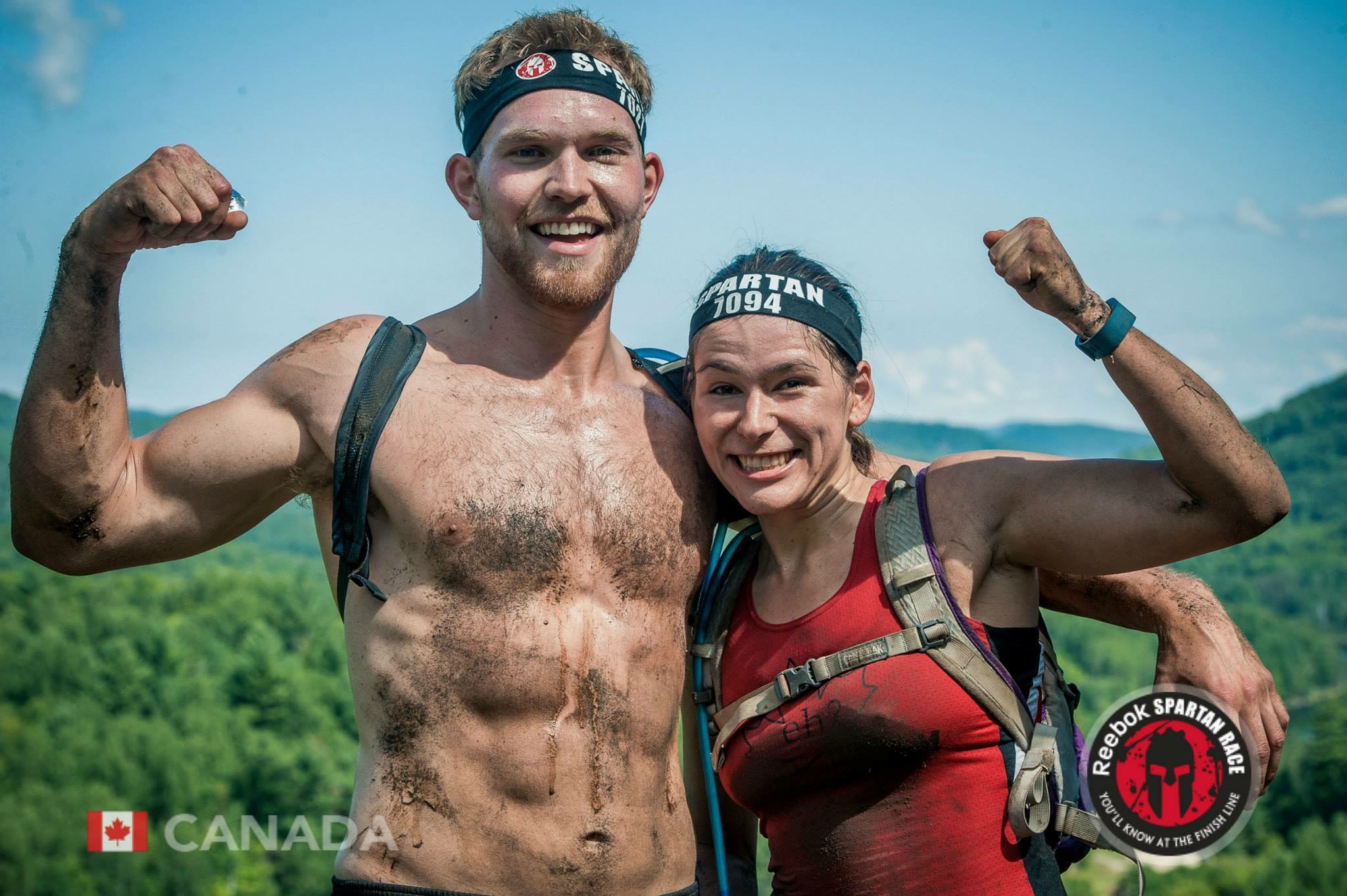
Weight Loss for OCR Athletes - MB Performance Nutrition

Protein Recommendations for Weight Loss in Athletes - Adam Virgile Sports Science

Tips to Lose Body Fat | Premier Health
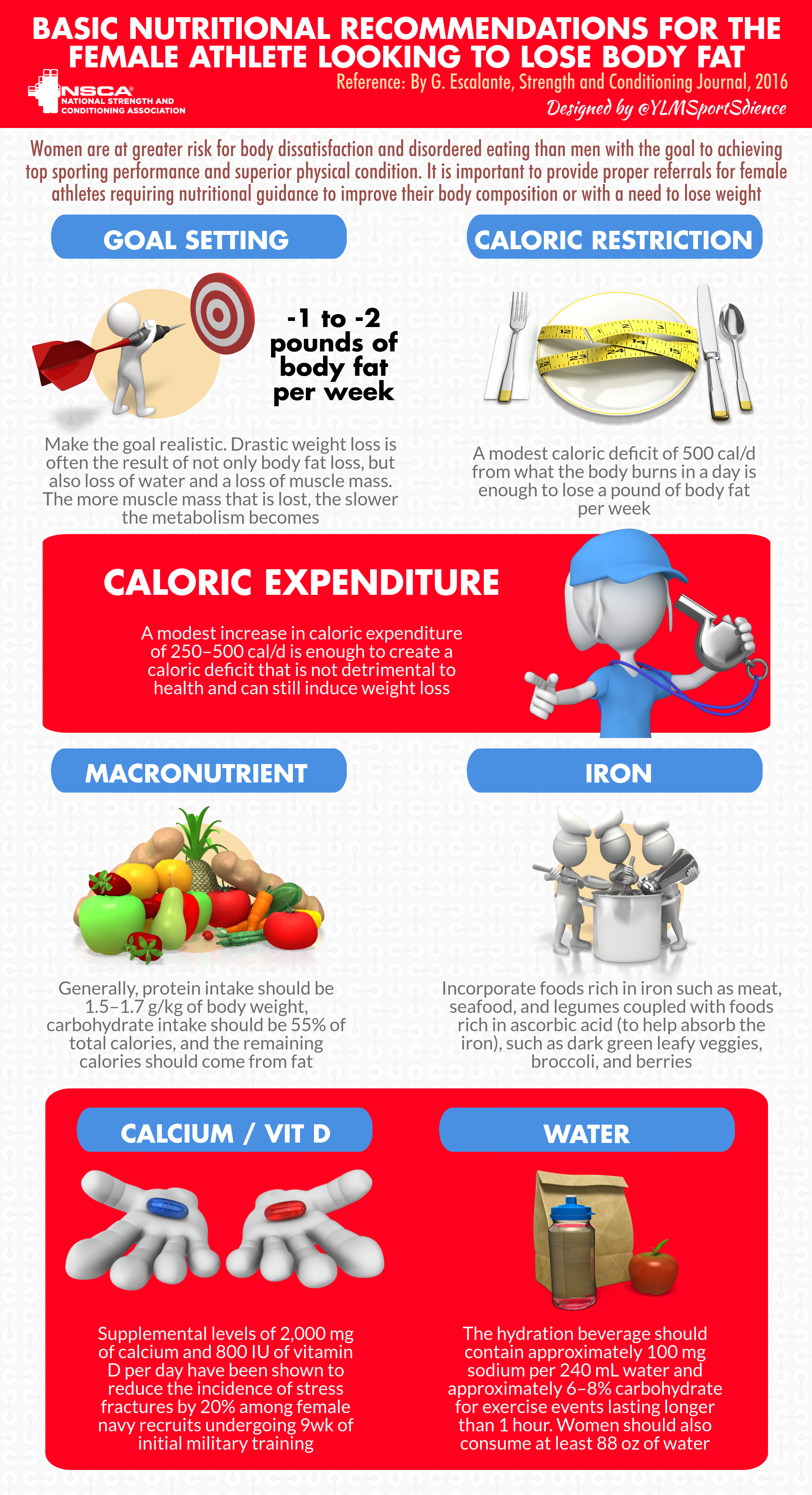
Basic Nutritional Recommendations for the Female Athlete Looking to Lose Body Fat

Weight loss for athletes – 33Fuel Natural Sports Nutrition
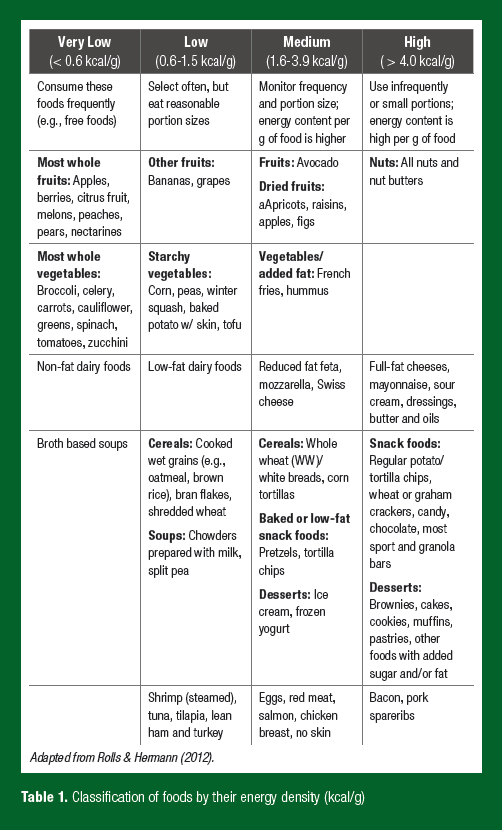
Weight Management for Athletes and Active Individuals

Five Keys to Athletic Weight Loss – PodiumRunner

Weight Loss Advice for Athletes: 10 Practical Tips - Andrea Docherty Nutrition
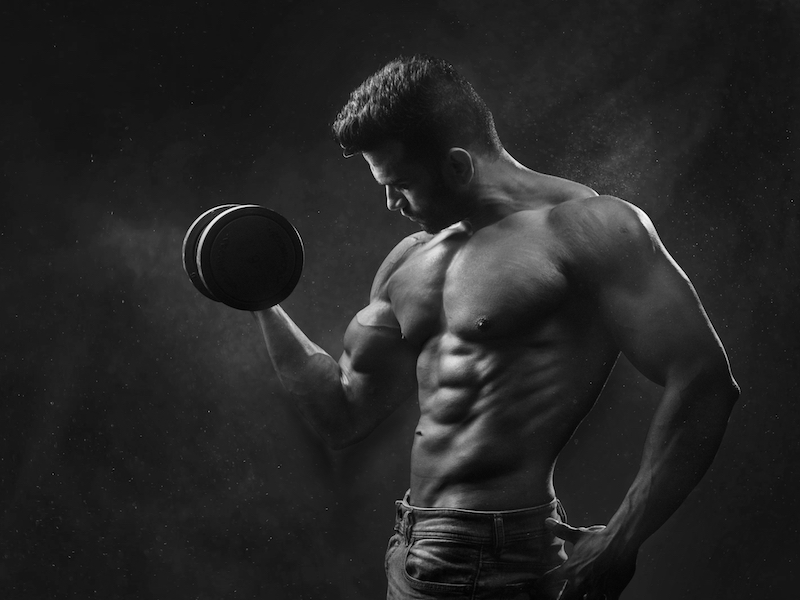
Fat Loss for Athletes: The Right Way to Approach Calories and Hormones - BarBend

5 Ways to Make Weight Loss Easier and More Fun for CrossFit Athletes | BOXROX

Protein Recommendations for Weight Loss in Elite Athletes: A Focus on Body Composition and Performance – YLMSportScience

Weight loss: can you lose weight effectively on a protein diet?
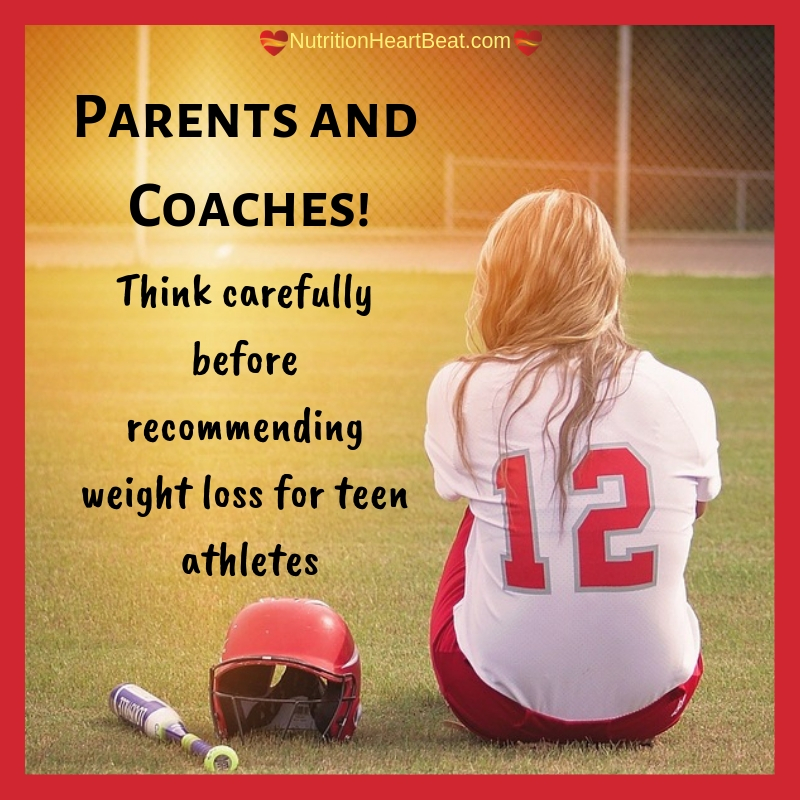
Teen Athlete Weight Loss: Top Nine Tips For Parents and Coaches

6 Do's and Don'ts for Athletes Losing Weight – Health Essentials from Cleveland Clinic

7 Effective Running Plans For Weight Loss | MapMyRun

5 Ways to Make Weight Loss Easier and More Fun for CrossFit Athletes | BOXROX

Plant Based Diet for Athletes: Your guide to nutrition and weight loss for beginners & experts bodybuilding, a cookbook with high-protein delicious recipes, meal plan For a Strong Body, life vegan by

Muscular Puppet Athletes Overcome Sikpak's offensive words with 25 kg of weight loss
Weight Gain/Weight Loss in Athletes: The Right Way - ppt video online download
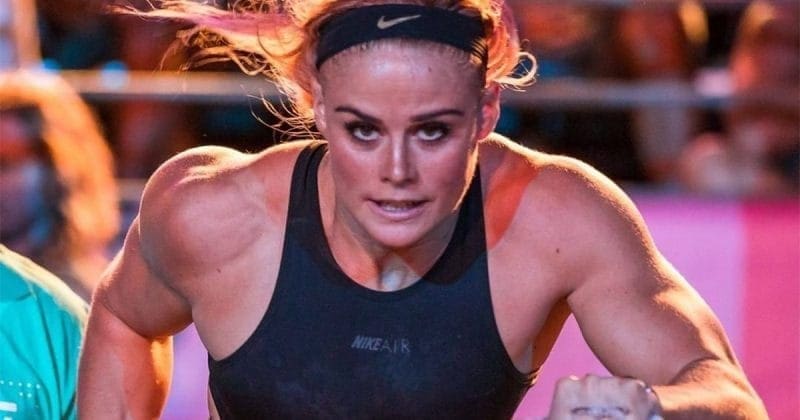
How to Lose Weight - Intense Assault Bike Workouts for CrossFit Athletes | Page 8 of 8 | BOXROX

Complete Weight Loss Programs for Athletes | Wenzel Coaching

Best Weight Loss Diet For Athletes With An Active Lifestyle - Kill Cliff

When You Want to Lose Weight Quickly - Sports Injuries, treatment and performance information

Weight loss for athletes – 33Fuel Natural Sports Nutrition
![Diet Tips for Cyclists & Endurance Athletes [Four Complete Fueling Plans for Success] | Wenzel Coaching Diet Tips for Cyclists & Endurance Athletes [Four Complete Fueling Plans for Success] | Wenzel Coaching](https://www.wenzelcoaching.com/wp-content/uploads/2019/04/Main-Fueling-Plan-edited.gif)
Diet Tips for Cyclists & Endurance Athletes [Four Complete Fueling Plans for Success] | Wenzel Coaching

Importance of Protein Intake in Managing Weight Loss in Athletes – YLMSportScience
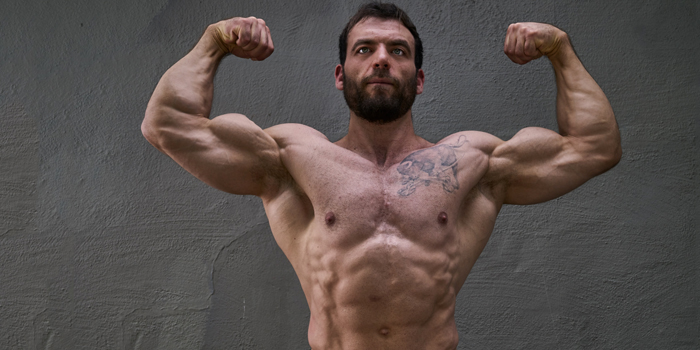
How I Lost 30 Pounds in One Day: Secrets to Water Cuts for Strength Athletes / Elite FTS

The Top Weight Loss Drugs Athletes & Celebrities Use To Burn Fat Fast!!!🔥🔥🔥 – Aderche Joseph
Rapid weight loss is bad for body composition?

Racing Weight Quick Start Guide: A 4-Week Weight-Loss Plan for Endurance Athletes by Matt Fitzgerald

Questionnaire to quantify the practice of rapid weight loss in athletes. | Download Scientific Diagram

Extreme weight loss method takes athlete's life

Weight Loss for Athletes: 4 Ways to Lose Weight for Your Sport - Sports Beem
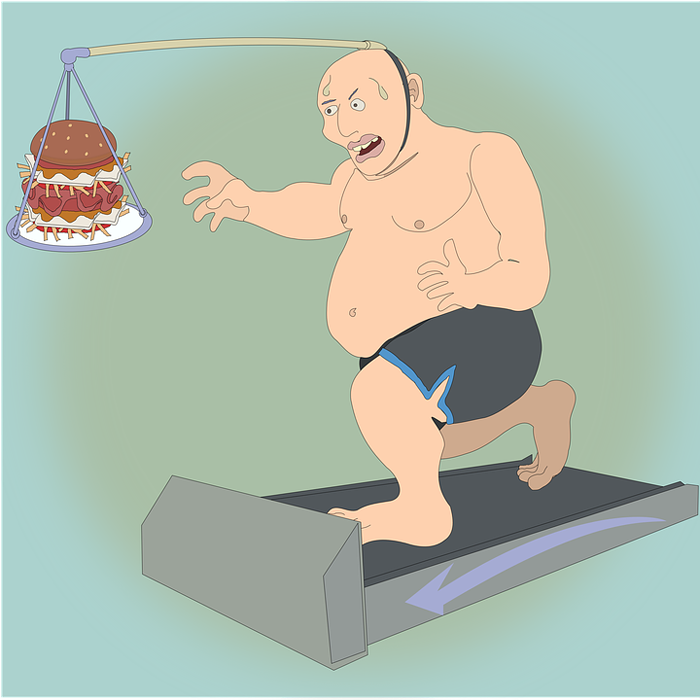
Weight Loss for Sports People

Questionnaire to quantify the practice of rapid weight loss in athletes. | Download Scientific Diagram

Athletes' Performance's Best Foods for Weight Loss and Sports Performance | STACK

Pro Athletes Don't Diet, They Practice These 6 Racing Weight Steps
Posting Komentar untuk "weight loss for athletes"